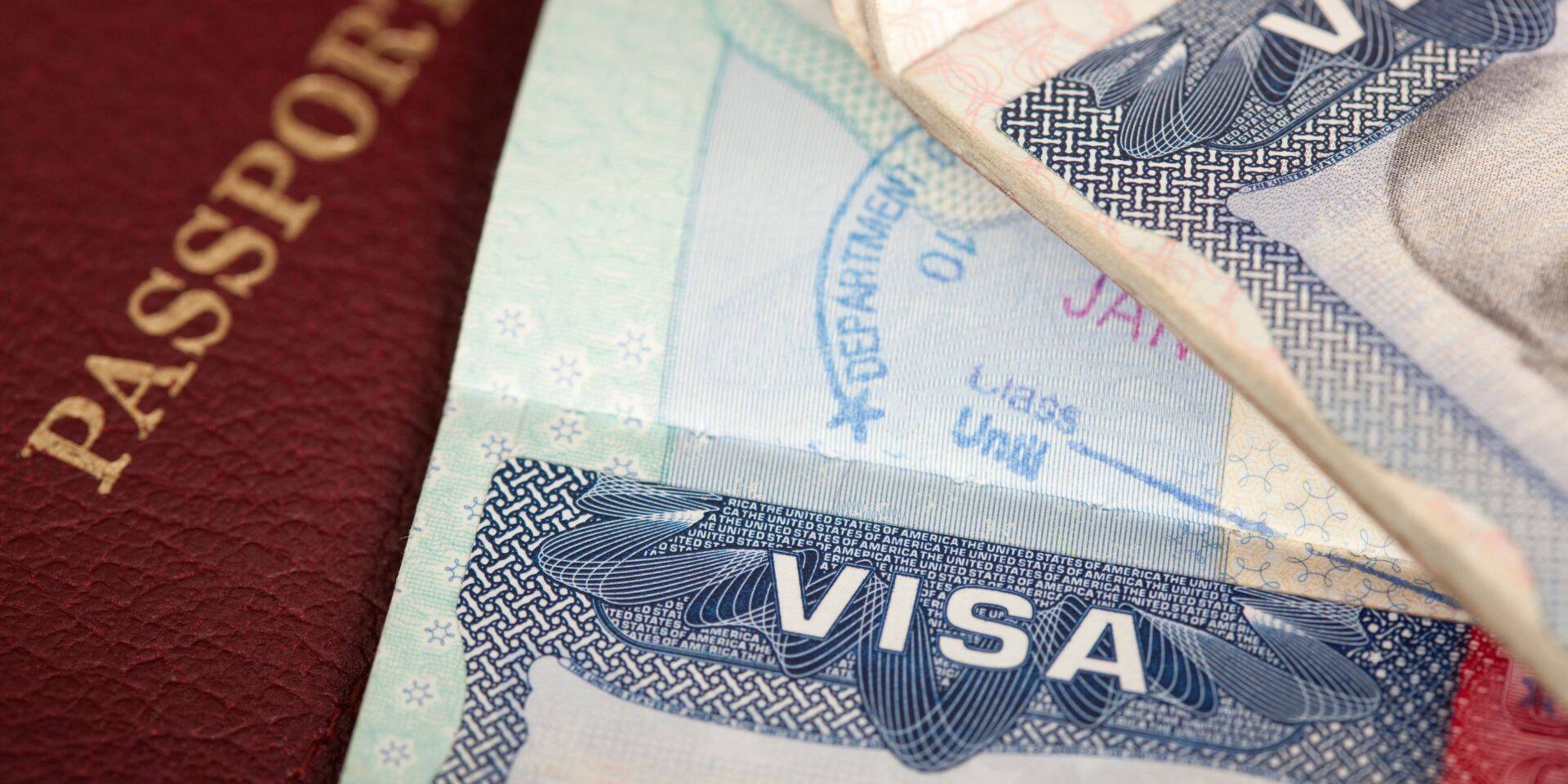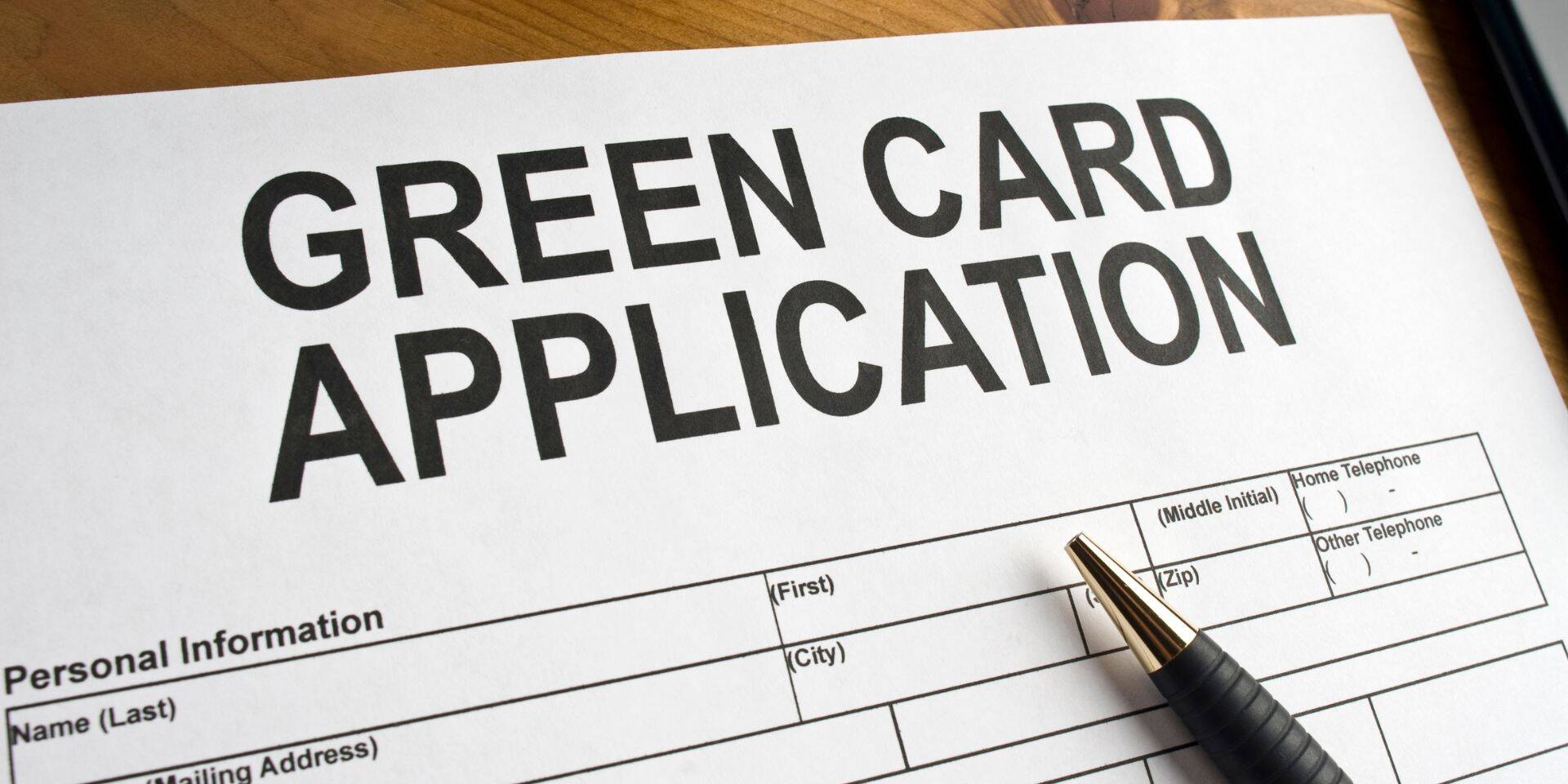To address the sizeable backlog of deportation and asylum cases, U.S. Immigration and Customs Enforcement (ICE) lawyers have been told to focus on low-priority cases. This emphasis hopes to deliver a significant impact on the current backlog of 1.7 million cases. This is the latest action from the Biden Administration to address the sizeable backlog. Under the enforcement guidelines previously established where cases with a potential safety threat or for recently entered undocumented individuals are to be prioritized, the low-priority cases are to be quickly addressed and closed. It is estimated that at least 700,000 cases, or roughly 40% of the court backlog, are considered low priority.
Details as to how long or how many cases could be cleared in this approach are unknown. The Biden administration is not the first to use this tactic, however, not in such a broad definition. As an example, the Obama administration administratively closed over166,000 immigration cases. The current backlog is a result of the global COVID pandemic and a jump in cases during the Trump administration.
A jump in undocumented individuals crossing the border is expected in the coming months. The Biden Administration is ending a pandemic-focused public health order that gave border officials the ability to turn back undocumented migrants quickly. That order, commonly referred to as Title 42, reduced the number of migrants entering the U.S. due to the potential increase in the spread of COVID.
ICE lawyers will review cases with the court to determine if the priorities as defined by the Biden administration are met. The priorities are set for those where public safety or national security threat exists or those for undocumented individuals who recently crossed the border. If the case is not considered a high priority, the cases are to be quickly reviewed and closed. There are over 300,000 cases considered administratively closed, per the Justice Department. Although these cases can return to the court dockets at any time, typically they remain closed for several years.
A similar approach started in February 2022 when qualifying family immigration cases could be dismissed. Those individuals can then apply directly to U.S. Citizenship and Immigration Services (USCIS).
The focus on closing low-priority cases goes into effect in April 2022. The public health rule, Rule 42, ends in late May. As such, a jump in border crossing is expected, including asylum seekers who will go before an immigration court. An updated asylum policy provides for a faster evaluation by asylum offers at the border, rather than in an immigration court, and goes into effect in the coming months. Currently, individuals seeking asylum are given a summons to appear in court at a future date. The average wait time is currently more than five years. The new process will now not only give applicants a much faster answer but reduce the backlog as well.
ILBSG continues to actively monitor ongoing updates to policy for all immigration issues. If you have questions about your status or any other immigration-related issue, contact us at ILBSG. We put our extensive expertise and experience to work for you to ensure you get the right advice.
Related Posts
March 25, 2025
ICE Reinstates No Release Policy Amid Federal Judge Order
A group of New York attorneys claims…



